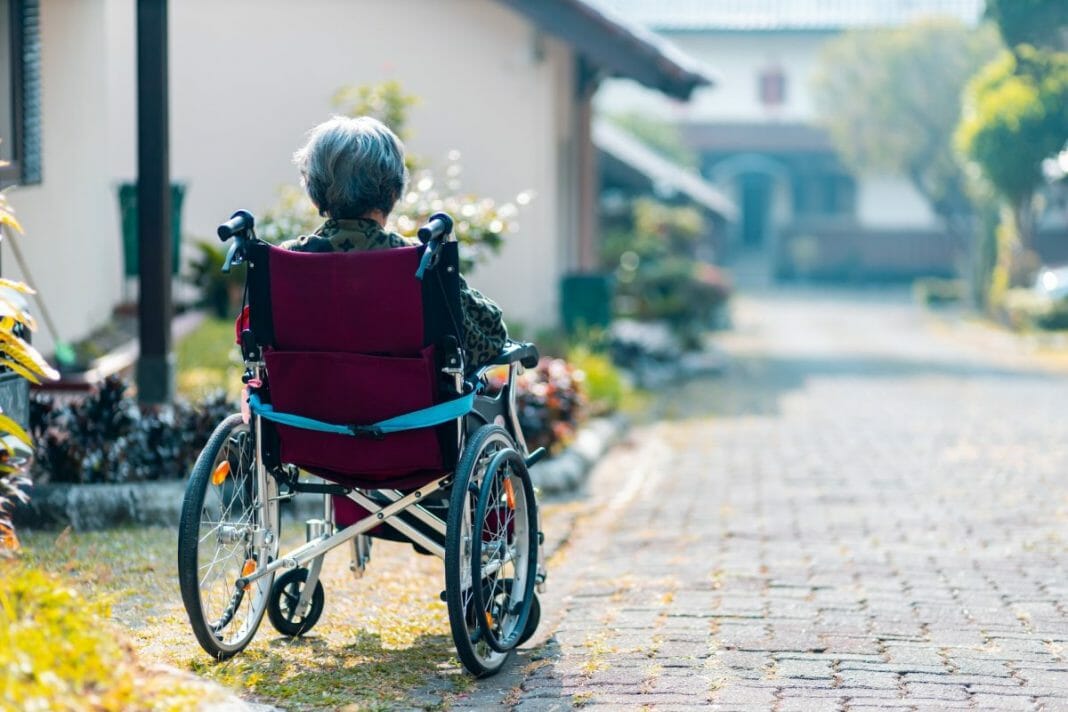If you have a medical condition or an injury that curbs your ability to walk, you need a walking aid. This is a device that gives you extra support or balance to move around. Aside from that, walking aids can speed up your recovery process. They reduce the stress you place on injured parts, promoting quick healing.
Who Needs Walking Aids?
Moving without assistance is almost impossible if you have an injured leg. With walking aids, you won’t have to depend on anyone to move or be limited to one place. And the good thing is that these devices are widely available. You can order online and have what you need to be delivered close to you. You can have them shipped to you through Find Post Office.
What Type of Walking Aid Is Right for You?
Many factors will affect the type of walking aid you need. Below are some of the things to consider when choosing the right type of walking aid.
What Type of Physical Ability Do You Have?
Different types of aids offer different levels of support. Your physical ability will determine the level of support you need. Some people can still walk independently but need help when navigating obstacles. For instance, a walking cane will do if you struggle to go up and down the stairs. You need to have enough upper strength, coordination, and balance to use crutches.
Is Your Restricted Mobility Permanent or Temporary?
If your restricted mobility is temporary, you may have to go through a series of walking aids. This is often seen among people who have undergone surgery. As they go through rehabilitation, different walking aids offer different levels of support based on their recovery progress.
How You’ll Be Using the Walking Aid
Factor in how you’ll use the walking aid to determine what is right for you. A walking cane will do if you need something to support you as you walk in your home, or for short walks around the block. For longer journeys, you might need a wheelchair or mobility scooter.
Your Home Environment
Think of your home environment when getting a walking aid. Small steps and rugs can be a hazard to certain mobility aids. You may have to make some adjustments in your home to use certain walking aids.
Types of Walking Aids
With the various options in the market, you must do some homework to find the right walking aid. Here are the most common types of walking aids.
Walkers
Walkers are ideal for people who find it difficult to bear their weight when moving around. This aid improves posture and stability and reduces pain. In addition, there are many customizable options for both indoor and outdoor use. Most walkers are sturdy, light, and height adjustable. They also have swiveling wheels at the base, which allow them to quickly turn in small spaces. Knee walkers are suitable for people with knee injuries. The walkers elevate the injured leg and reduce the chance of patients putting excessive weight on the wounded foot.
Walking Canes
Walking canes are ideal for anyone who needs more support on one foot, leg, or knee. The cane lets you shift some weight to the other leg to avoid straining other body parts like the back. If you have a limp, get a cane before the injury worsens. It will aid in recovery, restore balance and give you additional support when moving around.
You may choose between a multiple-point cane or a single-point cane. Quad canes are ideal when walking down the stairs or on slopes as they offer stability. If you just went through knee surgery, a cane won’t be helpful. You might need crutches until later in the recovery, when you can switch to canes.
Stairlifts
If you have mobility issues, you’ll dread every second of going up the stairs. This is especially common with seniors. Motorized stairlifts offer the solution you need. Simply sit on the lift and press the rocker switch, and the aid will do the rest of the work.
Rollators
Rollators are similar to walkers but with a built-in seat, handlebar, and 3 to 4 wheels. Some of them have a basket where you can place necessities like water. Rollators are ideal for anyone with limited strength who might find it hard to lift a regular walker.
Crutches
Crutches come in handy whether you have permanent or temporary restricted mobility. For example, if one of your legs is injured, but you have sufficient upper body strength to support your weight, crutches will allow you to move quickly. Anyone with a broken or sprained ankle and a fractured leg can use crutches for mobility and to keep weight off the injured leg.
Using crutches for the first time can be challenging. You might feel some pain in your shoulders and under your arms. Your torsos and arms will be supporting, which puts some strain on them. Knowing how to use crutches properly can help alleviate that pain. Also, you can get cushioned crutches which will feel more comfortable under your arms.
When injured and in need of a walking aid, you may be overwhelmed by the many types. Fortunately, this guide and your primary health care giver can help you find the right walking aid based on your needs.
